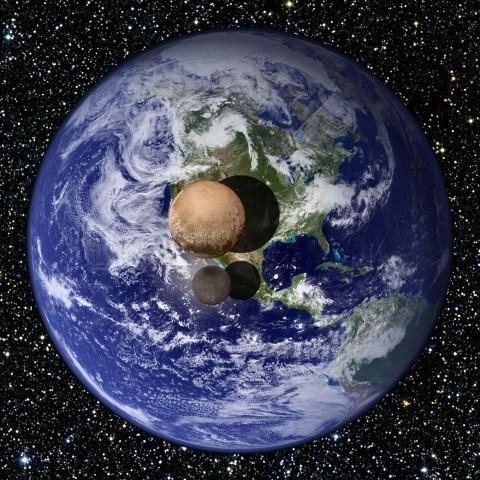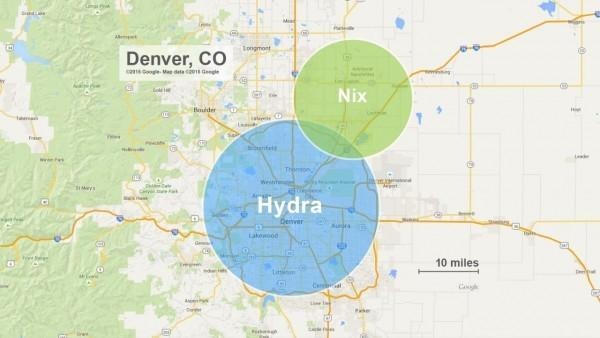New Horizons proves Pluto is larger than we thought
The problem with deducing composition and sizes through a telescope is that you won't really know how accurate or far off your models are until you get a first-hand, or even a second-hand close up. For decades, almost a century, that has been the problem with Pluto's size ever since it was discovered way back in 1930. Thanks to New Horizons, however, scientists are now able to turn that dream into reality and answer one of the biggest questions of all time: how big is Pluto really?
It turns out, 1,473 miles or 2,370 kilometers in diameter. That's actually larger than previous models have provided. It also confirms that Pluto is the largest among the heavenly bodies in our solar system located outside Neptune's orbit, also known as the Kuiper Belt. That said, the new size does change what scientists have theorized about the planet's composition. Given the size, Pluto is now believed to be denser and, therefore, its icy interior is now also believed to be greater. It's atmosphere, particularly the lowermost troposphere layer, is also now suggested to be shallower than previous estimates.
Too bad that's not enough to put Pluto back on the list of major planets.
New Horizons also delivered critical information about three of Pluto's five moons. Yes, Charon isn't its only moon anymore, after the discovery of Hydra and Nix in 2005, Kerberos in 2011, and Styx in 2012. Charon, however, is still the largest by far, now confirmed to be 751 miles or 1208 kilometers as expected. Charon's size was easier to measure since it lacked a substantial atmosphere, the factors that tripped up scientists when measuring Pluto's size.

Hydra and Nix were measured to be 30 miles (45 km) and 20 miles (35 km) respectively. They are now suspected to have very bright surfaces, probably due to ice, since they appear as nothing but bright dots when seen from telescopes and even from New Horizon's view until it got closer. Kerberos and Styx, unfortunately, are darker so scientists await New Horizon's closer look to judge its size.

To put the sizes in perspective, Pluto is just 18.5 percent of the Earth's size, Charon is a measly 9.5 percent, Hydra would cover a substantial area of Denver, Colorado and Nix would take a smaller bite out of that map as well. Interestingly, scientists believe that the latter two aren't actually spherical but more irregular in shape.
NASA will hold a livestream that will track New Horizon's Pluto flyby starting at 7:30 AM Eastern. Sometime between 8 and 9 AM, it will also reveal historic images of Pluto, the closest man has ever taken before.
SOURCE: NASA
